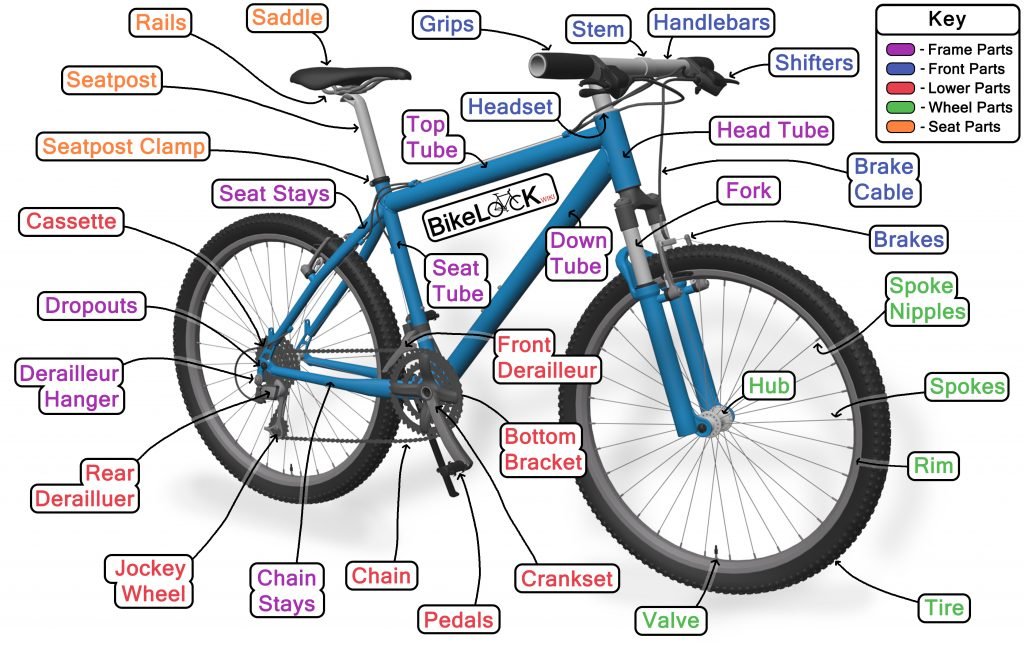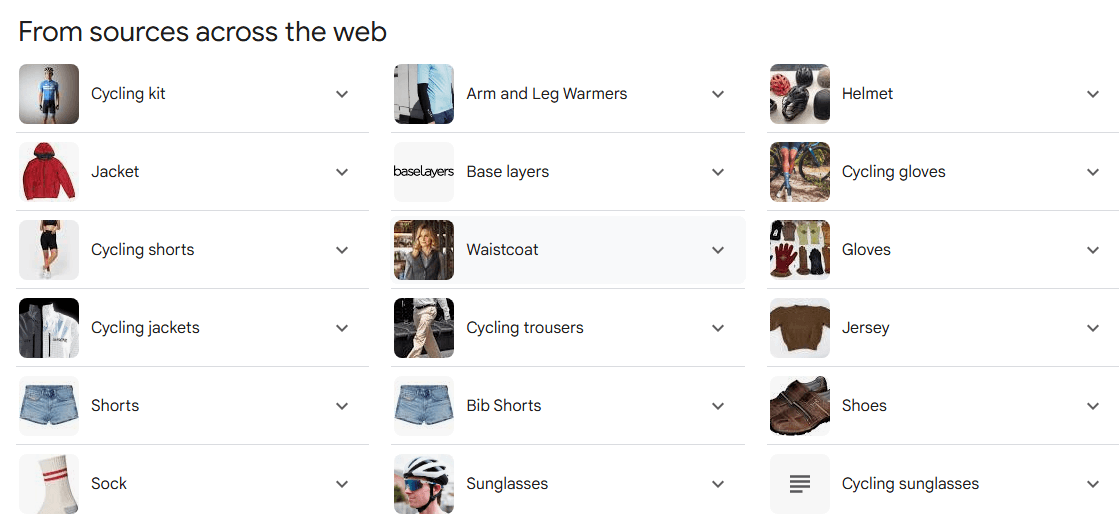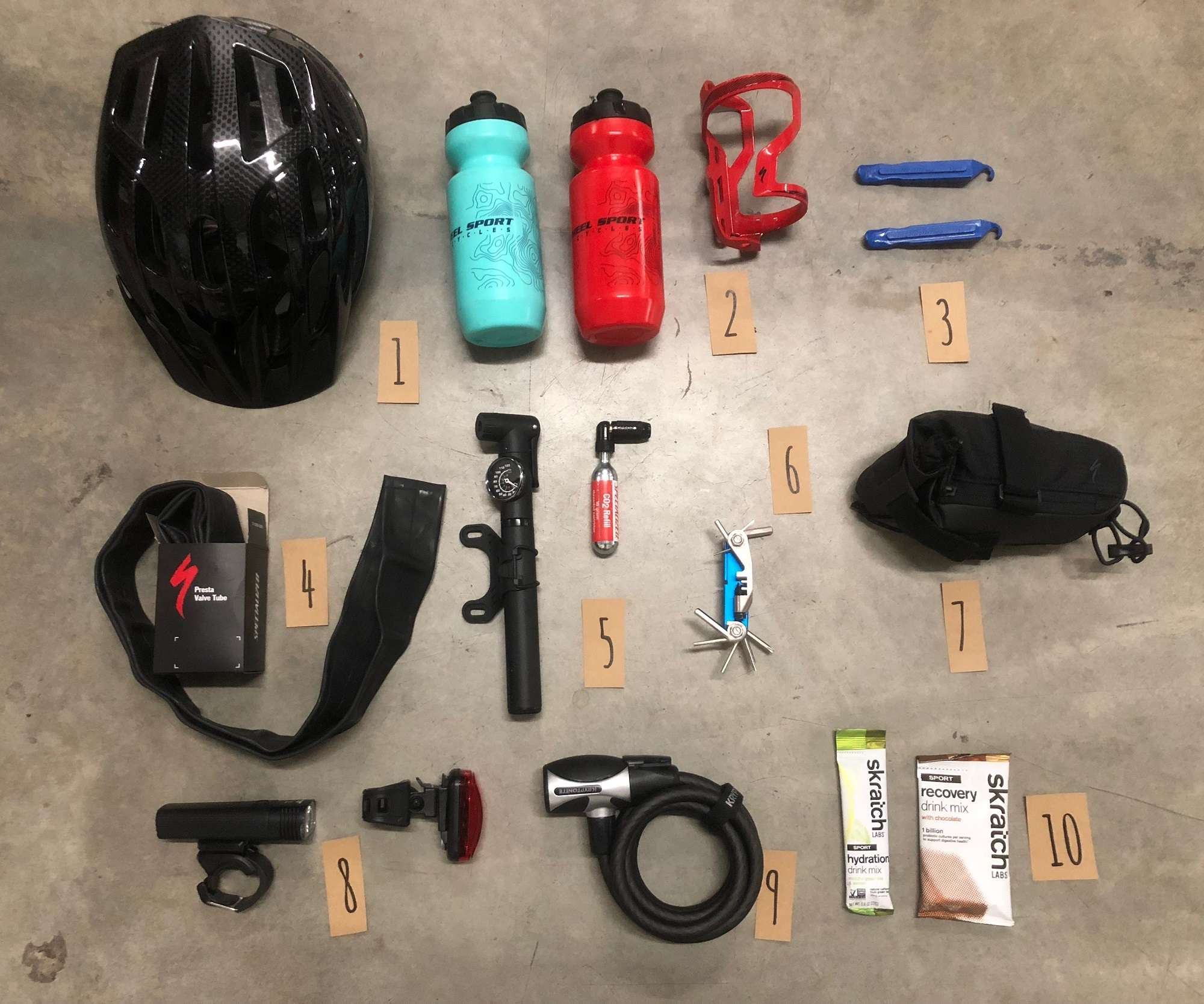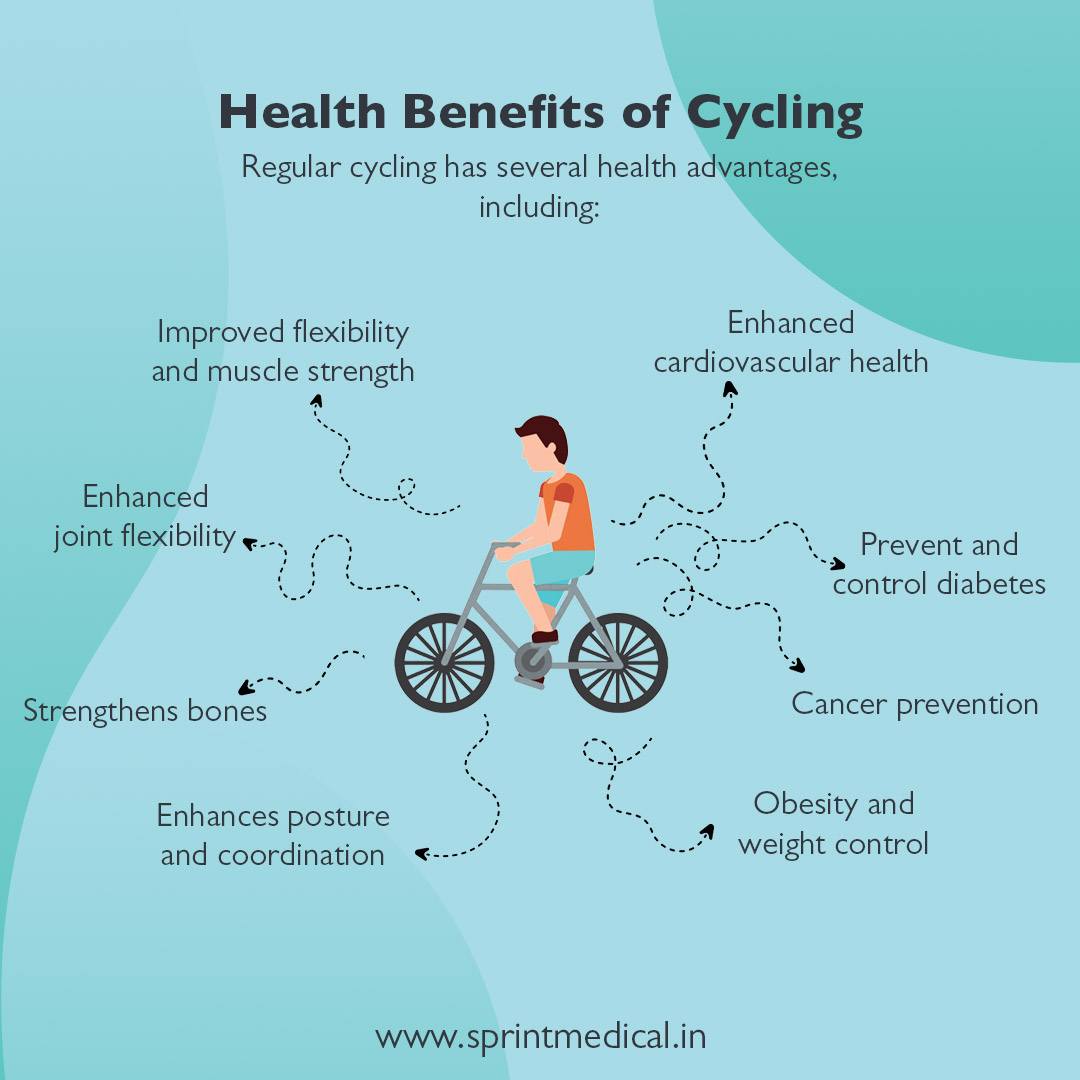All About Bicycles: A Complete Guide

What Is a Bicycle?
A bicycle, also known as a bike, is a human-powered vehicle that consists of two wheels aligned in tandem. It is usually propelled by the rider pedaling, which turns a chain-driven system connected to the rear wheel. Bicycles are one of the most efficient modes of transportation ever invented, combining simplicity, affordability, sustainability, and health benefits. Used by people of all ages across the globe, bicycles serve a wide range of purposes: from daily commuting and long-distance touring to fitness, sport, and recreational riding.
What makes bicycles particularly special is their eco-friendly nature. Unlike motor vehicles, they emit no pollutants, require no fuel, and help reduce traffic congestion and urban noise. Riding a bicycle is not only good for the environment—it’s also a powerful tool for personal well-being.
A Brief History of the Bicycle
The evolution of the bicycle reflects centuries of innovation and social change. Here is a timeline of key developments in its history:
Early 1800s – The Draisine or Running Machine
The bicycle’s journey began in 1817 with the invention of the Draisine by German baron Karl von Drais. It was a wooden two-wheeled machine that the rider straddled and propelled by pushing their feet on the ground. Although it lacked pedals, it laid the groundwork for future designs and is considered the world’s first steerable, human-propelled vehicle.
1860s – The Velocipede or Boneshaker
In the 1860s, French inventors attached pedals to the front wheel, creating the velocipede, nicknamed the “boneshaker” due to its rough ride on cobblestone roads. These early bicycles were made entirely of metal and lacked shock absorption, making them uncomfortable but still revolutionary.
1870s–1880s – The Penny-Farthing
The next significant evolution was the penny-farthing, a bicycle with a large front wheel and a much smaller rear wheel. Popular in the late 19th century, this design allowed for greater speed but made mounting and dismounting dangerous. It became an icon of the Victorian era.
1885 – The Safety Bicycle
The turning point in bicycle history came with the invention of the safety bicycle by Englishman John Kemp Starley. It had two equal-sized wheels and a chain drive to the rear wheel, greatly improving stability and safety. This design is the foundation of the modern bicycle.
20th Century – Mass Adoption
During the 1900s, bicycles became affordable for the general public thanks to mass production techniques. They played a crucial role in personal mobility, especially before the widespread availability of cars. Bicycles were also essential in both World Wars for transportation and communication.
Today, bicycles continue to evolve with cutting-edge materials like carbon fiber, the introduction of electric-assist models, and advances in aerodynamics for competitive cycling.
Types of Bicycles
With so many different uses for bicycles, a wide variety of types has emerged to suit specific needs. Here are some of the most popular types:
Road Bikes
Designed for speed and long-distance riding on paved surfaces, road bikes have narrow tires, lightweight frames, and drop handlebars. They’re perfect for competitive racing and fast commuting.
Mountain Bikes (MTBs)
Built to handle rugged terrain, mountain bikes feature wide, knobby tires, suspension systems, and durable frames. They’re ideal for off-road trails, gravel paths, and downhill adventures.
Hybrid Bikes
As the name suggests, hybrids combine features of both road and mountain bikes. They offer versatility, comfort, and stability, making them popular among urban commuters and casual riders.
BMX Bikes
BMX stands for Bicycle Motocross, and these compact bikes are used for racing, stunt riding, and tricks. They have small wheels, a strong frame, and a single gear.
Folding Bikes
Folding bikes are great for city dwellers with limited storage. They collapse into a compact size, making them easy to carry onto public transport or store in tight spaces.
Electric Bikes (E-bikes)
E-bikes feature a battery-powered motor that assists the rider, especially on hills or long commutes. They’re becoming increasingly popular for older riders and those looking to reduce commuting fatigue.
Touring Bikes
Designed for long-distance travel, touring bikes come equipped with strong frames, multiple gears, mounts for racks, and comfortable saddles for carrying luggage across countries or continents.
Cruiser Bikes
Known for their stylish designs, wide seats, and upright posture, cruiser bikes are best for leisurely rides along the beach or city streets.
Main Parts of a Bicycle
Understanding the components of a bike helps with maintenance and riding comfort. Here are the key parts:
Frame – The structural core, typically made from aluminum, steel, carbon fiber, or titanium.
Wheels – Include tires, rims, and spokes. Different types offer speed, traction, or shock absorption.
Handlebars – Used for steering; shapes vary between flat, drop, and riser styles.
Saddle – The seat, which comes in various shapes and cushioning levels.
Pedals – The foot levers that initiate movement.
Crankset and Chain – Convert pedal power into wheel motion.
Brakes – Can be rim brakes, disc brakes, or coaster brakes, essential for control.
Gears – Adjust effort and speed, especially useful on hills or varying terrain.
Cycling Apparel: What to Wear
Wearing the right clothing can greatly improve comfort and performance, especially on long rides.
Cycling Jersey – Breathable, moisture-wicking fabric with back pockets for snacks or tools.
Cycling Shorts – Padded (chamois) to reduce friction and saddle soreness.
Cycling Shoes – Often clip into pedals for more efficient pedaling.
Gloves – Reduce vibration, prevent blisters, and protect in case of falls.
Helmet – Protects against head injuries—always essential.
Cycling Jackets/Tights – Provide warmth and wind or rain protection during harsh weather.
Essential Bicycle Accessories
Lights and Reflectors – Crucial for night or low-visibility riding.
Bell or Horn – Helps alert pedestrians or other riders.
Water Bottle and Cage – Stay hydrated during long rides.
Bike Lock – Prevents theft when parking in public.
Pump and Repair Kit – For tire inflation and on-the-go fixes.
Bike Rack or Basket – Useful for carrying groceries, gear, or work items.
Cycling Computer or GPS – Monitor distance, speed, cadence, and routes.
Bicycle Racing: A Thrilling Competitive Sport
Cycling is also a globally celebrated sport with a wide range of disciplines:
Road Racing – The most iconic form includes mass-start races like the Tour de France, involving strategy, endurance, and teamwork.
Track Cycling – Held in indoor or outdoor velodromes; includes sprints, pursuits, and time trials.
Mountain Biking – Features cross-country and downhill events on rough terrain.
BMX Racing – Short, intense races on tracks with jumps and tight turns.
Cyclocross – Riders face mixed terrain (grass, mud, pavement) and carry bikes over obstacles.
Time Trials – Solo or team races against the clock, testing speed and stamina.
Health Benefits of Cycling
Riding a bicycle is a full-body workout with physical and mental health benefits:
Cardiovascular Fitness – Strengthens the heart, lungs, and circulation.
Weight Management – Burns calories and boosts metabolism.
Muscle Strength – Builds endurance, especially in legs, glutes, and core.
Low-Impact Exercise – Gentle on joints, ideal for all ages.
Mental Health – Reduces stress, improves mood, and enhances focus.
Coordination and Balance – Develops motor skills and stability.
Regular cycling can reduce the risk of chronic diseases like diabetes, heart disease, and hypertension, while also promoting longevity and a better quality of life.
Conclusion: The Future of Bicycles
As cities grow and climate change intensifies, the role of the bicycle as a sustainable, efficient, and healthy mode of transportation becomes increasingly vital. Whether you’re a weekend rider, daily commuter, or aspiring racer, the bicycle offers freedom, fitness, and fun—all in one compact machine.
With advances in electric assist, smart cycling gear, and improved bike infrastructure around the world, bicycles are more accessible and adaptable than ever. So whether you’re riding through mountain trails or city streets, you’re part of a global movement toward a greener, healthier future—one pedal stroke at a time.







